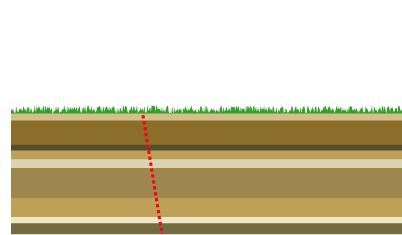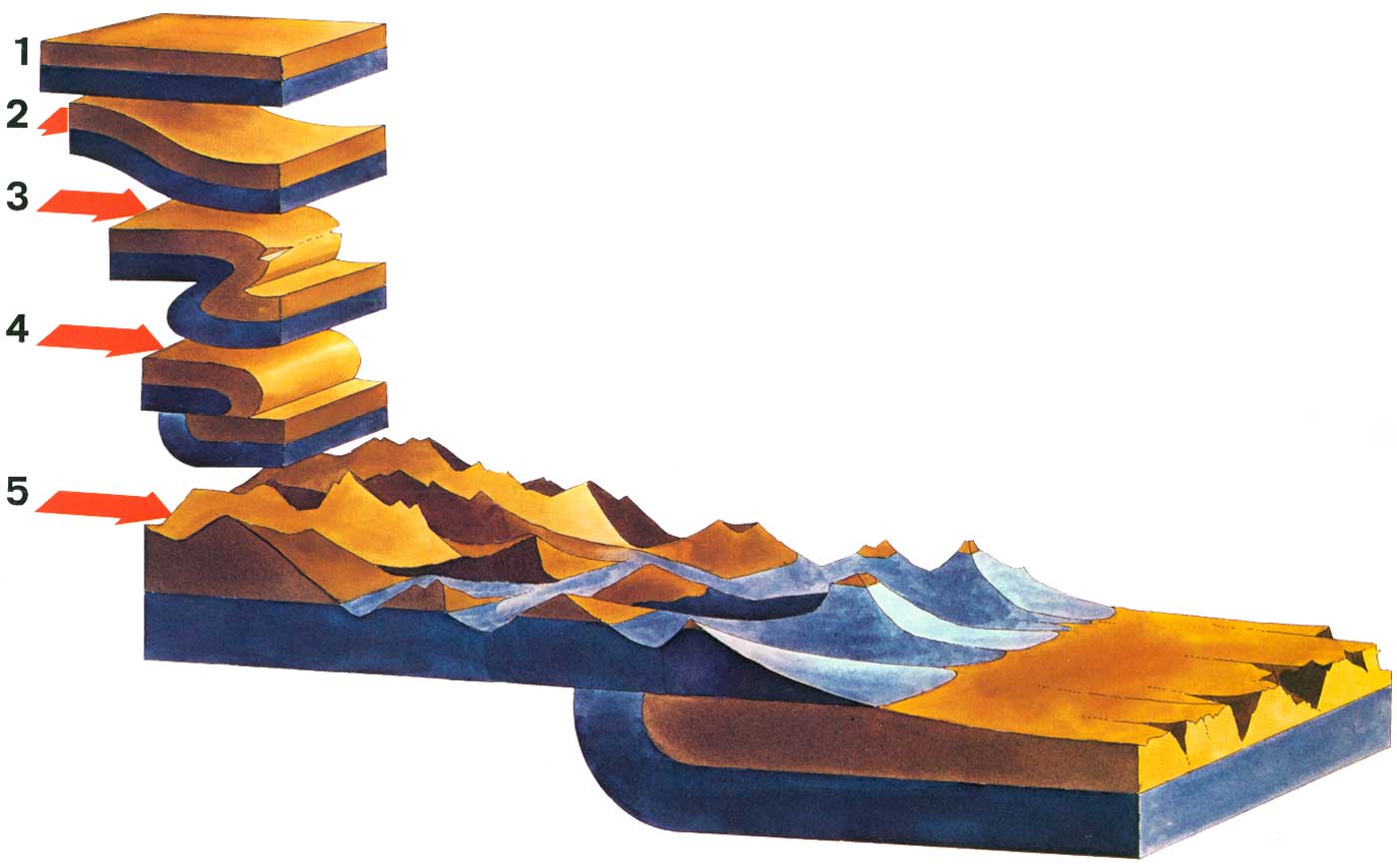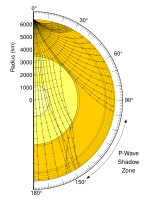This is a short summary of the steps I've taken during the course of the web development project, which dates back to before the first group meeting.
Research Phase
Before beginning to work on the website I needed to create a plan of action. I based this off of questions that I had such as;
"What hosting service should I use?"
"What coding language would best fit my needs?"
"How can I get this job done in the most productive way possible while using the least amount of time?"
So, naturally, I asked Google. After a few days of surfing the internet I found a few website hosting services that fitted both my needs and the needs of my team (which I guessed beforehand). My top 3 choices are as follows;
- https://www.squarespace.com/
-
-
All of these CMS are great choices, but for me Squarespace won the #1 spot because of its extremely flexible drag-and-drop interface that would give the Designers lots of room to throw in their creativity and make it a lot easier for the Developers to integrate the ideas of the Designers into the website. I had found what I was looking for in this phase, so I decided it was a good time to meetup and discuss our options.
The Meeting
During our first meeting at Mahidol we organized our team into 3 main groups which consists of;
- Content
- Designers
- Developers
The Content teams job was to basically find related information to input into the website while creating a presentable format for proper presentation and aesthetics.
The Designers had a special job. This team would have to create a visual representation of the website while taking into account the targeted age group, viewer interests, aesthetics, and purpose of the website.
Now it comes down to my job, the head Developer. The Developers job is to take all the input received from both the Content and Designer teams, turn it all into digital format, and output a finished product that follows the specifications designated by the other two teams.
At the same meeting, Teacher Bird also taught the others how they would go about doing their jobs, and the skills they would need to possess in order to complete their jobs successfully. For example, he taught the Designers how to create wireframe to help them design the website in a suitable format, and he taught the Content team how to create a persona in order to find content that would interest the viewers.
The Hard Part
Now, we've arrived at the part where we all actually have to put our plan to the test, which means more work for everybody (especially the Developers in the later stages) Yay! Anyways, I've created a test website simulating what the official website 'might' look similar to using WordPress, because Squarespace allows for only a 14-day free trial. Currently, I'm still waiting for the Designers to send the website design and the Content team to send the content specifications. In the meantime, I might as well mess around with some code and try to prepare myself for the challenges I know the Designers have in store for me and my team. Hopefully, they don't go to overboard with it. ;)
Other Specifications
- Programming Language: HTML & CSS w/ JavaScript integration
- CMS: Squarespace (not confirmed)
- Home Page Format: (not confirmed)
- Website Format: Newsletter/School
- Theme: (not confirmed)
- Main Content: Home, About Us, Activities & Events, Studies & Lessons, Student Projects
- Target Age Group: (Specifications w/ Content Team)
- Project Deadline: (not confirmed)








































